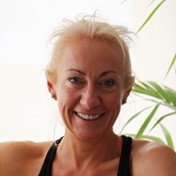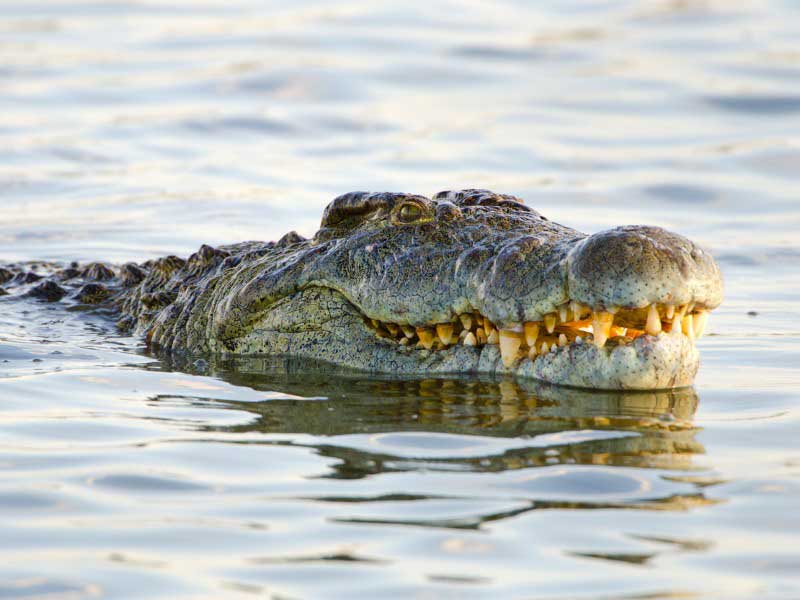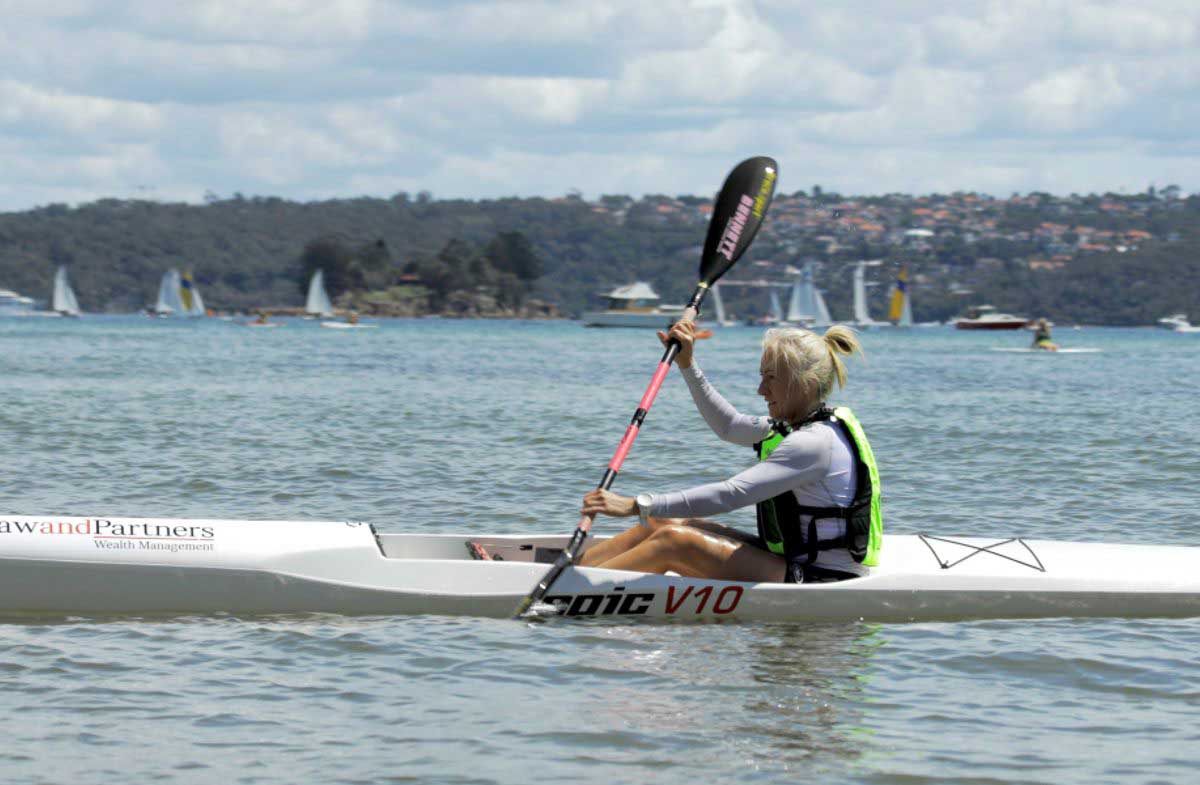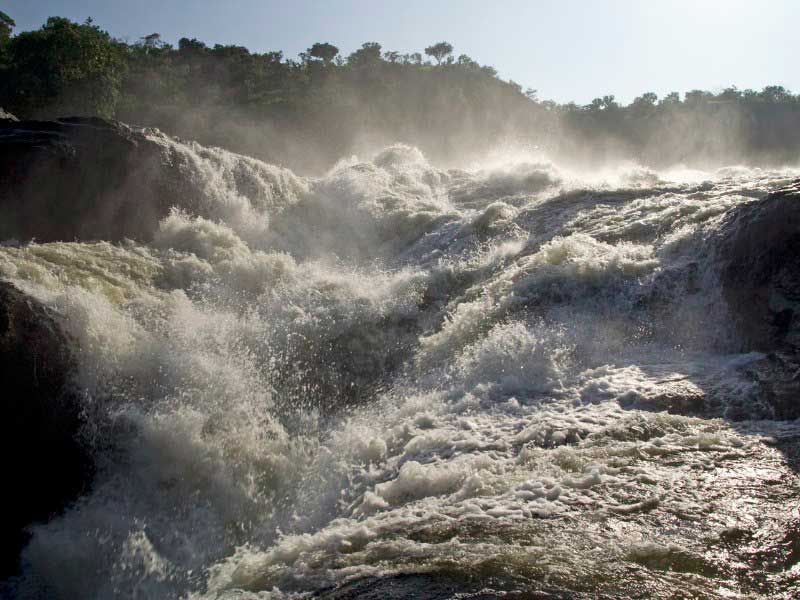
By Sarah Davis
Adventurer and Professional Badass31 Mar 2018 - 9 Minute Read
Australian Sarah Davis is preparing to be the first woman to complete a human-powered descent of the Nile, from source to sea. This is the first in a series of personal stories about her endeavor.
Relaxing at Bondi Beach in Sydney one afternoon, I had to say my life was pretty sweet. I had a wonderful job and a successful career. But as I sat there, I felt an itch and restlessness I could not shift. A need for more fulfilment.
In my subsequent soul searching, I noticed two people who’d done important “firsts” – Damien Rider, who completed a solo paddle on a paddleboard from the Gold Coast to Bondi Beach, and Helen Skelton, who kayaked the length of the Amazon River. It struck something deep within me. That’s what I want to do, I realized. A first.
After much research, I hit on the answer: to be the first woman to paddle the entire 4,258mi (6,853km) length of the Nile, from its source in Rwanda to the Mediterranean Sea. It was the ultimate lightbulb moment; this would be an expedition that brought together my love of kayaking, my passion for travel, adventure, and personal challenge.
As the idea bounced around in my head, it grew and changed. Being a “first” became secondary – the real purpose became the journey itself, and sharing it.
I decided to use the expedition to raise money for CARE Australia (part of CARE International, a global humanitarian aid organization focused on ending poverty). I chose them not only because of the incredible, life-changing work that they do, but because they put women and girls at the center of their initiatives. I’m also creating a community of “Winning Women” who encourage and inspire each other to dream big, go on adventures, and see what we’re capable of.
The next question was how to actually do this. When it comes to organizing a first-of-its-kind endeavor, there is no Wiki.
Pete Meredith, who completed a descent of the White Nile in 2004, became an invaluable advisor for this expedition. Early on he said to me, “Sarah, the paddling will be the easy bit.” At the time, I was not entirely convinced. Now I can see where he was coming from.
As for the paddling, I did know something about the challenge involved. I’ve been a surf and ocean paddler for about 10 years, since I became a volunteer surf lifesaver at North Bondi Surf Life Saving Club. Since then, I’ve competed in ocean kayak (or skis, as they are known) races around the world. One of the toughest races was the Molokai Challenge, a 33mi (53km) race in Hawaii. By the end, my hands were bleeding, and I was in a world of pain, but coming in third and completing the race – which is kind of the holy grail of ocean racing – was pretty special. I have also represented Australia and won gold in my category at the 2017 Ocean Ski World Championships in Hong Kong.
But this new endeavor is on a whole different level. After many months, I’m in the final stage of preparation for the launch of our expedition, Paddle the Nile. Here’s how we got there.

Research
This was about answering the various how, what, when and who questions. I read books, watched documentaries, and spoke to people who have done similar expeditions.
I also met and picked the brains of a huge variety of people, from adventurers to journalists, documentary makers to CEOs, and many more. Their support and enthusiasm for what I’m doing has blown me away.
Pete Meredith was one of the first people I spoke to, and he set me on the right path to understanding what’s required, how to negotiate getting approvals, and so much more.
Risk Management
When I tell people I am a risk manager by trade, they laugh. There’s a certain irony that someone who manages risk professionally would take on an expedition filled with life-threatening dangers.
But pulling together a risk-management plan for the journey is vital. It’s also a big part of managing my fears. Analyzing the risks helps me get perspective, and building the plans to mitigate the risks helps calm my nerves. Don’t get me wrong – there’s still plenty that terrifies me.
The risks fall into five categories: animals (e.g. crocodiles, hippopotamuses); the environment (e.g. river rapids, heat); illness and injury (e.g. malaria, broken bones, food poisoning); hostile situations (e.g. attacks, thefts); and equipment issues (e.g. breakages, loss). My challenge has been to identify and manage the risks down to levels I can handle.
Top of the list are the crocs and hippos – they’re enough to keep me awake at night. The crocs are huge, up to about 13ft (4m), and are known for being very aggressive and opportunistic. Great. The hippos have an equally aggressive reputation and are considered the world’s deadliest large land mammal. While they may not look like they’re built for speed, they’re quick both in water and on land. with some seriously large, powerful jaws.
The crocs and hippos will be a threat mostly through Rwanda, Tanzania, and Uganda – slightly less so through South Sudan and beyond.
South Sudan comes with its own separate risks. The country has been going through significant conflict for some time, with ongoing ethnic fighting. If that wasn’t enough, there’s also been drought, and huge, widespread food shortages. Traveling through here will require strong security and ongoing monitoring of the situation with regular intelligence reports.
Another worry is the risk of illness and disease. There are plenty of water-borne, food-borne, and mosquito-borne diseases which could prove deadly. This means having a well-stocked medical supply, enough vaccinations to make me feel like a pin cushion, and always knowing the exit points, evacuation plans, and where local medical centers are.

Social Media and PR
In order to attract sponsors to fund Paddle the Nile, raise money for CARE, build the community of “Winning Women,” and share the journey, I first had to build a following.
I’ve created a brand, made an introductory video, developed a website, and built a presence on the various social media channels. I’ve approached and been approached by journalists, been interviewed for articles, TV, and podcasts, given talks, and written for various publications. I realize self-promotion is key.
Some of this I really enjoy, and other parts I find fairly daunting. The interviews, podcasts, and writing for me is the fun part. Other areas I’m less disciplined about, such as social media posting. The public speaking is something I want to do more of, but I admit I find it pretty unnerving. I am discovering the only way get over that is to do heaps more of it.
Fundraising
An expedition like this isn’t cheap; it’s going to cost around US $116,000 (AUD 150,000) – not an impossible amount to raise, but more than I have in the piggy bank. I need money to get to Africa, and to buy equipment and services, including insurance. I also need to pay for an assistance company (who provide intelligence reports, track my progress, and provide medical and security expertise as well as assisting with any crises that might occur), security, and experienced rafting guides. Getting sponsors and raising this money has been a huge and occasionally exasperating piece of work.
Saying that, there have been some big wins. When I first announced my plans on Facebook, the CEO of a prominent wealth management company, who I know through one of the groups I paddle with, agreed to sponsor me.
I’ve also set up a gift registry – I’ve never been married, but this is my “big day” (or big seven months), so thought I’d try this approach as a way of getting some of the equipment I need. It’s also a chance for potential supporters to see some of the kit involved.
Approvals
My 4,258mi journey will take me through Rwanda, Tanzania, Uganda, South Sudan (or possibly Ethiopia), Sudan, and Egypt, and requires a variety of government approvals. In some countries, I only need a tourist visa on arrival; in others, I will have to negotiate through a completely undocumented process.
I have already traveled to Egypt and Sudan, met with government officials, and visited embassies. I’m glad I did, as these face-to-face visits were so valuable and their responses were extremely supportive. This means that while the approvals process is not complete, I know what needs to be done, and it’s as far along as it can be at this point.

Assembling the Team
Throughout the expedition, I’ll need help from a lot of support people, including rafting guides and paddlers, kayakers, and in-country fixers. Some will be arranged before I leave, others I will organize on route.
We’ll be using different crafts depending on the section of the river: rafts through the rapids in Rwanda and Uganda, and kayaks for the rest of the journey. There will be a group of us at all times – this is a big team effort.
While on a scouting mission in Sudan and Egypt, I met and kayaked with local paddlers I found on social media. A number of them are keen to join the expedition. They include Egypt’s first Olympic kayaker, Mustafa Mansour, who kindly took me out with his squad.
I found most of my rafting guides through a place I stayed at in Uganda, on my first reconnaissance trip.
Various people have also contacted me through my website to offer contacts for security as well as volunteering to paddle with me.
Route Planning
Google Earth is my new best friend. You might think the route is obvious – follow the river! But there’s more to it; exit points must be identified in case of emergency, lists of medical centers, police stations, embassy contacts, and government officials must be created. And I need to set up standard operating procedures, with specific actions for each day, what to do in an emergency, and more.
This has been a massive piece of work – bigger than I was expecting. As time has gone on, I’ve realized how important it is, not just for me, but for everyone who joins the expedition.
My biggest concern, when it comes to the route, is the rapids – hence the need for experienced rafting guides and paddlers, as well as studying the river as much as possible. There are large rapids through Rwanda and Uganda, with some sections that require carrying the raft around them. Plenty of Grade IV and V rapids, with some Grade VI, which I definitely want to steer clear of! The risk here is flipping the raft. If that happens, the rapids can pull us under – we could get trapped by objects in the water and then there are the crocs and hippos. Plus, there’s the risk of losing vital gear, such as communications equipment, solar chargers, and water purifiers.

Personal Preparation
In between all this organizing, I have had to get myself ready. I’ve done remote first-aid training, self-defense lessons, wilderness survival training, a swift-water rescue technician course, and white water-rafting training. I hit the gym four times a week and, of course, do lots of paddling – three to four times a week.
This expedition has been a lot of work, can be a hard grind, and has at times been an emotional roller coaster – but I’m loving every minute of it.
Roll on to day one, and paddles hitting the water!
Editor's note: World Nomads travel insurance covers over 150 adventure activities, but a Nile expedition isn’t one of them. Sarah will be working with a bespoke insurer for her journey.
Discover similar stories in
discovery
Adventurer and Professional Badass
Sarah is a British-born Australian with a love of sport and a passion for travel and adventure.



No Comments